Amazing discoveries and experiences await you in every issue of National Geographic magazine. The latest news in science, exploration, and culture will open your eyes to the world’s many wonders.
Meet the New Editor in Chief
National Geographic Magazine
THE BEARS OF SUMMER • During the short summers of the Canadian Arctic, polar bears take to the land—and the land takes on a vibrant array of colors.
THE BACKSTORY • A MONTH AMONG SUMMERING POLAR BEARS SHOWS A SOFTER SIDE OF THE WORLD’S LARGEST TERRE STRIAL PREDATOR.
Everest Broke It. Scientists Fixed It. • IN 2020 EARTH’S HIGHEST WEATHER STATION WENT DARK. NOW A NEW, IMPROVED VERSION HAS BEEN DEPLOYED AT THE ROOF OF THE WORLD.
What the weather stations detected
ON THE TRAIL OF TOXIC TOMES • TWO CONSERVATORS’ MIS SION: TO SHED LIGHT ON THE POISONOUS PIGMENTS IN 19TH-CENTURY BOOKS
Acres of aspens = one colossal tree
CUTTING THEIR RISKS • TO KEEP BIRDS OF PREY AT BAY, THESE FOUR-FOOTED LAWN MOWERS ENGINEER THEIR ECOSYSTEM.
Grenades hurled in Crusades?
ROSA VÁSQUEZ ESPINOZA • In Amazonian microbes, she seeks solutions to big challenges.
A TURBULENT TRIP • On the 500th anniversary of the first circling of the globe, the journey remains murky. Only one of five ships completed the expedition—and Ferdinand Magellan wasn’t on it.
AROUND THE WORLD
America IN A NEW LIGHT • Parks and refuges aren’t enough. Preserving our land, water, and wildlife in a warming climate means practicing conservation everywhere.
APPALACHIAN LACE • To connect habitat with corridors so nature can adapt, conservationists are turning to working lands.
Free to Roam • Many animals will adapt to new climate conditions by changing habitats—if they can find a safe route. To see where animals might be able to move, scientists modeled the continent’s most likely wildlife corridors. The aim: to conserve connections that remain and restore flow where it’s been lost.
Conserving the Future • The United States has joined more than 90 countries in a pledge to combat climate change and species extinction by safeguarding 30 percent of Earth’s land and water by 2030. These maps show areas where scientists think conservation would offer the greatest benefit to people and nature, based on four key environmental goals.
FARMERS TO THE BAY • Some ecosystems are threatened by what happens upstream, so conserving them must be a watershed-wide effort.
A CREEK IN YONKERS • City nature is both an amenity for urbanites and valuable habitat for some species.
GROWING RELATIONSHIPS • Instead of walling ourselves out, we need to learn to live well with other species.
THEY STEP UP, AND MAKE US BETTER • What makes a community in a divided nation where many people are suffering? Across the U.S., it’s altruists and volunteers dedicated to helping others.
HE PLANTED SOME CROPS, AND GREW SO MUCH MORE
ON A MISSION TO SAVE NATIVE LAND AND CULTURE
A HEALING TOUCH FOR THOSE WHO LOST EVERYTHING
Out of Sight
SAVING YEMEN’S HISTORY • As war threatens millions of Yemenis, historians and archaeologists are struggling to preserve symbols of a prosperous, ancient culture.
FRACTURED LAND
A BEACH FOR ALL • Flower vendors, livestock, and well-dressed beachgoers crowd Cox’s Bazar, Bangladesh’s beloved holiday destination.
CHARLIE HAMILTON JAMES
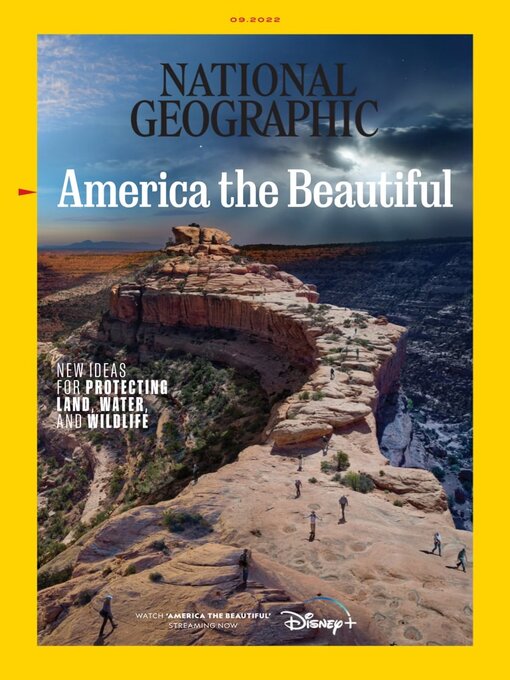
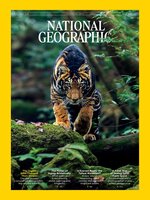 Oct 01 2025
Oct 01 2025
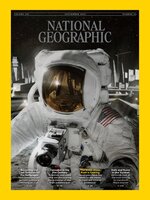 Sep 01 2025
Sep 01 2025
 Aug 01 2025
Aug 01 2025
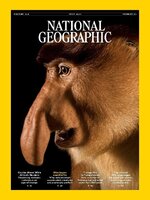 Jul 01 2025
Jul 01 2025
 Jun 01 2025
Jun 01 2025
 May 01 2025
May 01 2025
 Apr 01 2025
Apr 01 2025
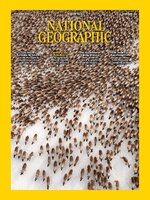 Mar 01 2025
Mar 01 2025
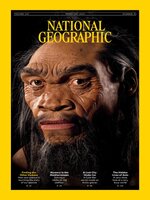 Feb 01 2025
Feb 01 2025
 Jan 01 2025
Jan 01 2025
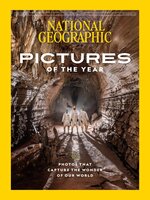 Dec 01 2024
Dec 01 2024
 Nov 01 2024
Nov 01 2024
 Oct 01 2024
Oct 01 2024
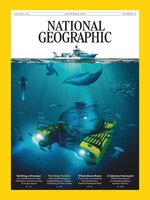 Sep 01 2024
Sep 01 2024
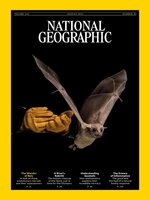 Aug 01 2024
Aug 01 2024
 Jul 01 2024
Jul 01 2024
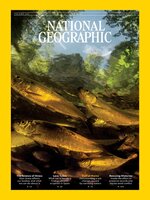 Jun 01 2024
Jun 01 2024
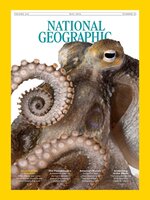 May 01 2024
May 01 2024
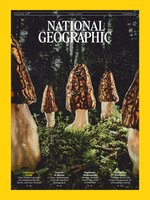 Apr 01 2024
Apr 01 2024
 Mar 01 2024
Mar 01 2024
 Feb 01 2024
Feb 01 2024
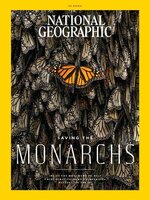 Jan 01 2024
Jan 01 2024
 Dec 01 2023
Dec 01 2023
 Nov 01 2023
Nov 01 2023